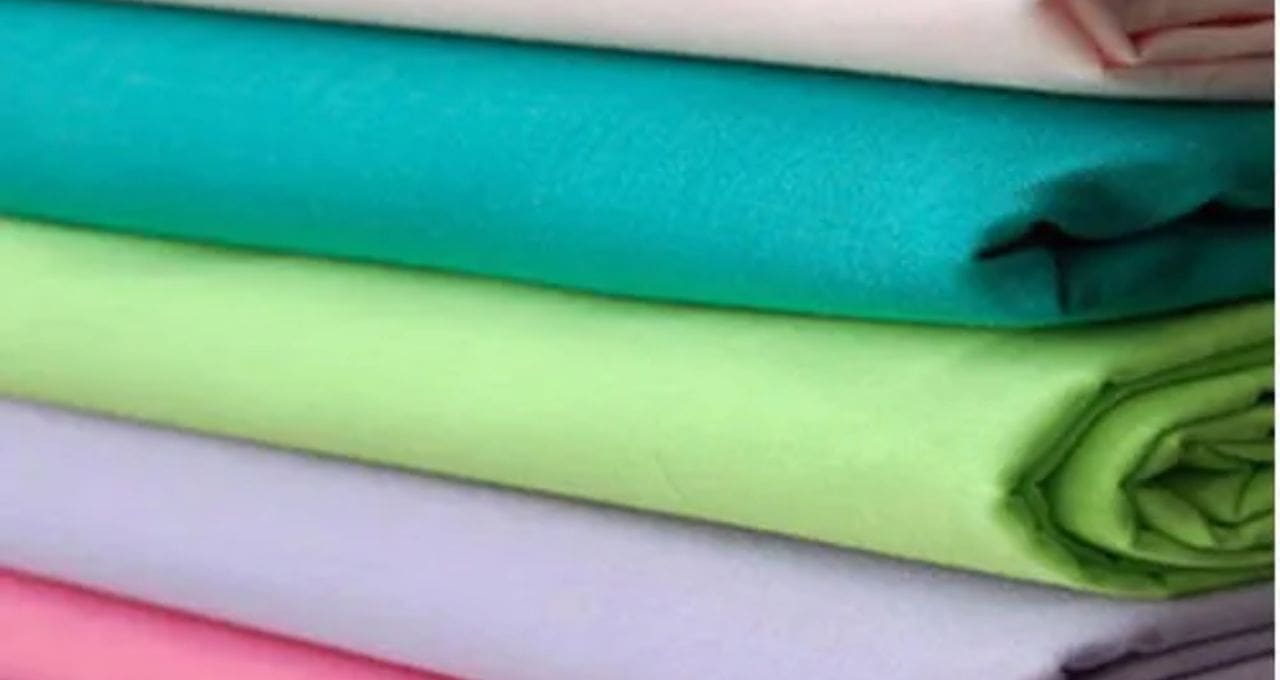Both domestically and internationally, the textile market has been impacted by viscose and polyester contamination of cotton.
Due to historically high cotton prices and a lack of cotton supply last year, many spinning companies were obliged to combine viscose and polyester with cotton to minimise costs. But this has brought about a lot of problems in the textile industry.
However, the practise is still being used, which causes several export containers to be delayed. India’s textile exports fell by 23% in the most recent fiscal year, and analysts think that in order to revive exports, India must offer competitively priced, high-quality items. Former Powerloom Development and Export Promotion Council (PDEXCIL) chairman Bharat Chhajer stated, “We had witnessed challenges in quality last year due to a lack of cotton and high cotton costs. a confectionery at Rs 1.10 lakh. Ahmedabad is a centre for the processing of cotton textiles, which has lowered the quality of fabric dyeing and printing. In certain instances, the blended portion of the fabric was neither dyed or printed. This trend has continued into this year, even though the average price of cotton has dropped to Rs 60,000 per sweet. Due to exporters’ unwillingness to ship until they are pleased with the fabric quality, it is difficult to execute export commitments.
We have observed some low-quality orders for the processing of grey fabrics, according to Naresh Sharma, a former vice president of the Ahmedabad Textile Processors’ Association (ATPA). Contaminated fabric does not dye or print as expected, and this can lead to problems between fabric suppliers and the processors.
Senior Vice President Jayesh Patel a majority of spinning mills began mixing last year in order to remain profitable, according to of Spinners’ Association Gujarat (SAG). This year, instead of combining viscose or polyester, spinning mills are getting contaminated cotton from hand picking and ginning. Older ginning and spinning units lack the machinery that modern spinning mills have, which removes contaminants. Maharashtra’s cotton is more contaminated than Gujarat’s because of its older ginning facilities.
Gujarat, with a 30% contribution, is the cotton production centre of India, and the processing facilities in Ahmedabad have installed capacities of more than 2.5 billion metres per day.

